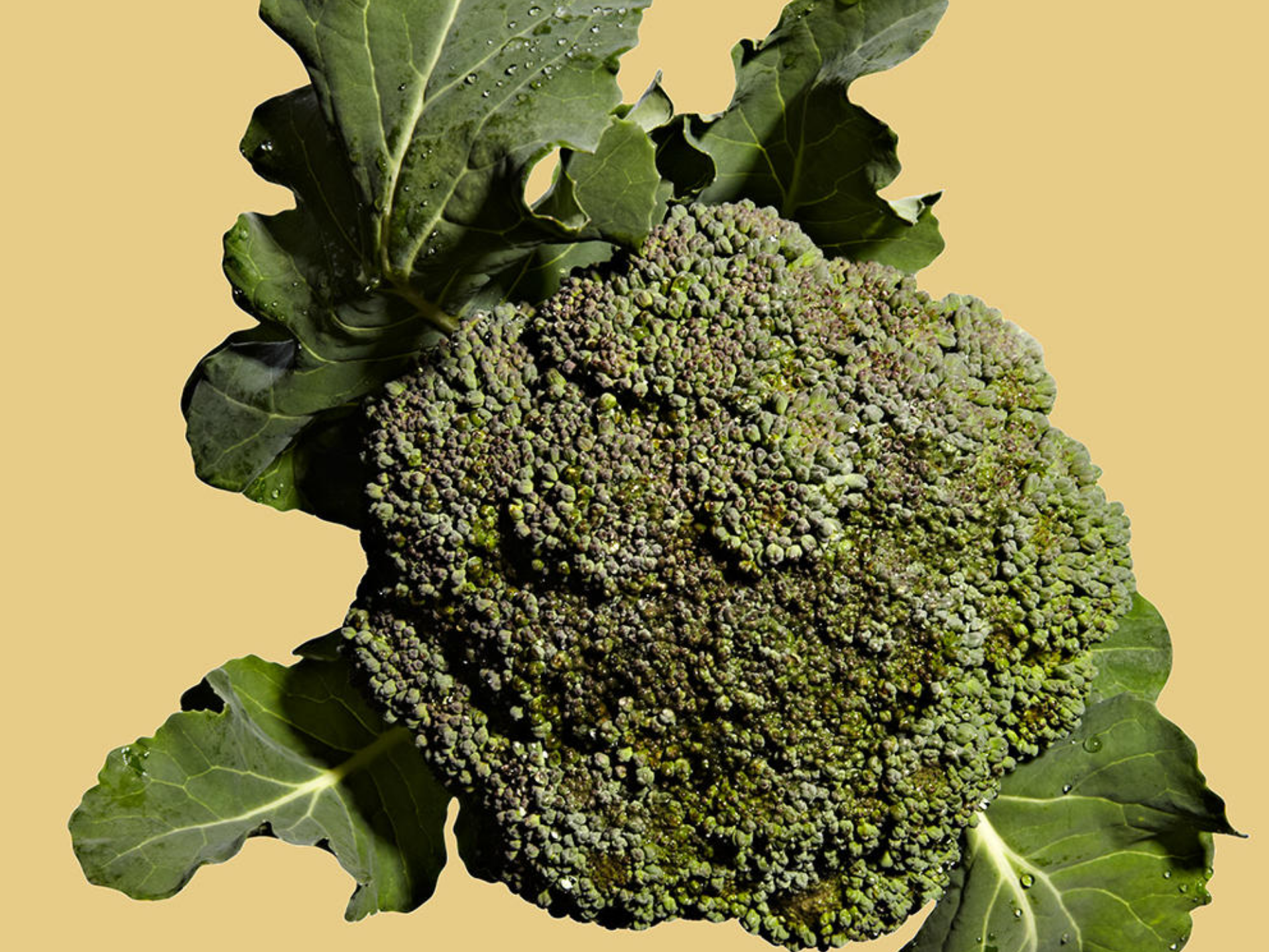
10 Feb Guide to Broccoli
Article sourced from Cooking Light
SEASON: It’s available all year, but it’s at its best during peak season: October through April.
CHOOSING: Look for heads that are heavy with small buds tightly packed together. Yellowing is a sign that the broccoli is headed downhill.
STORING: Place broccoli in a produce bag in the coldest part of your refrigerator. If it was fresh when you brought it into your kitchen, it should be good for another 10 days.
GROWING: Although you can grow from seeds, broccoli transplants are available at most garden centers, and they give you a healthy head start. This is especially important in spring because plants will be maturing as the weather is getting warm.
Set out transplants about a month before the last expected frost date. Choose a sunny, well-drained spot with well-prepared soil. Space plants about 18 inches apart, and give them a good start by watering them with a dilute liquid fertilizer. Water regularly, and feed again about three weeks later with liquid or granular fertilizer.
The plants are handsome with big, gray-green leaves. Watch the tip of the stem for the developing flower buds—that’s the broccoli—appearing two to three months after planting. Nearly all of the plant is edible, so don’t despair when your garden plants produce smaller heads than what you see in the produce aisle. Once you cut the main head, smaller side shoots will form on the stalk. These are perfect for steaming or stir-frying. You can also eat the stem (peeled and cooked) and the leaves.
HISTORY: Popular in Italy since Roman times, broccoli has made a name for itself in American diets over the years. This nutritious green veggie gets its name from the Italian word for “cabbage sprout.” It’s a relative of cabbage, Brussels sprouts, and cauliflower. Broccoflower — a cross between broccoli and cauliflower — has a mild taste that is gaining popularity.
APPEARANCE: Vibrantly dark green in color (with an occasional slight purple tinge), it contains tightly-grouped bud clusters on edible stems.
BENEFITS: Broccoli is a nutrition powerhouse since it’s high in iron and vitamins A and C. Frozen varieties contain about 35% more beta carotene since they are mainly made up of florets.


